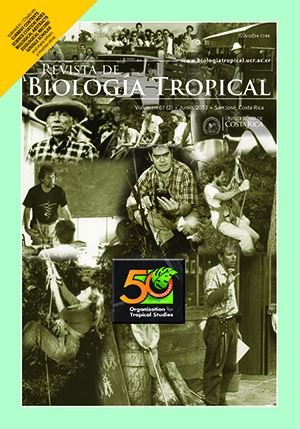Abstract
Hyphessobrycon with 129 valid species, is a genus of fish that has a great diversity of species in the Neotropical ichthyofauna, reaches its greatest diversity in the Amazon basin with about 70% of these species, is highly desired by hobbyists because of their beauty and color, and are still meeting new species. We analyzed specimens from the Departamento de Ictiología, Museo de Historia Natural de la Universidad Mayor de San Marcos, Lima, Perú (MUSM); and measurements of the specimens were taken point to point with digital calipers. Observations of bone and cartilage structures were made on cleared and stained (C&S) samples. The morphometric relationships between species using 21 variables were explored using a principal component analysis (PCA). Here we describe two new species, Hyphessobrycon taphorni and H. eschwartzae from the Madre de Dios River drainage, Peru. Hyphessobrycon taphorni sp. n. can be distinguished by the number of dorsal-fin rays (iii, 8), by the number of: pored lateral-line scales (4-5), teeth in the outer premaxillary row (1-2), teeth in the inner premaxillary row (7-8), by: the caudal-peduncle length (11.4-16.4% SL), number of lateral scales (28-29, except from H. loretoensis which has 29-30) and absence of a humeral spot (vs. present), it differs from H. loretoensis by the number of: scales between the lateral line and the anal fin origin (4 vs. 3) and maxillary teeth (2 vs. 3-4), and it differs from H. agulha by the number of branched pectoral-fin rays (11-12 vs. 9-10). Hyphessobrycon eschwartzae sp. n. is distinguished by the number of: simple anal-fin rays (iv), teeth on the dentary (13-15), teeth in the inner premaxillary row (6), teeth in the outer premaxillary row (3, except from H. heterorhabdus and H. loretoensis which have 3-4); it differs from H. loretoensis by the number of: pored lateral-line scales (7 vs. 9-10), scales between the lateral line and the dorsal-fin origin (5 vs. 3-4); it differs from H. agulha in the number of lateral scales (30-31 vs. 33-34), by the number of: predorsal scales (9 vs. 10), maxillary teeth (4 vs. 0-1); in having in life a red lateral stripe above the dark lateral stripe that extends from the posterior part of the opercle to the caudal peduncle (vs. absent) and by the presence of bony hooks in mature males only on the anal fin (vs. hooks on all fins, including the caudal).##plugins.facebook.comentarios##
Downloads
Download data is not yet available.






